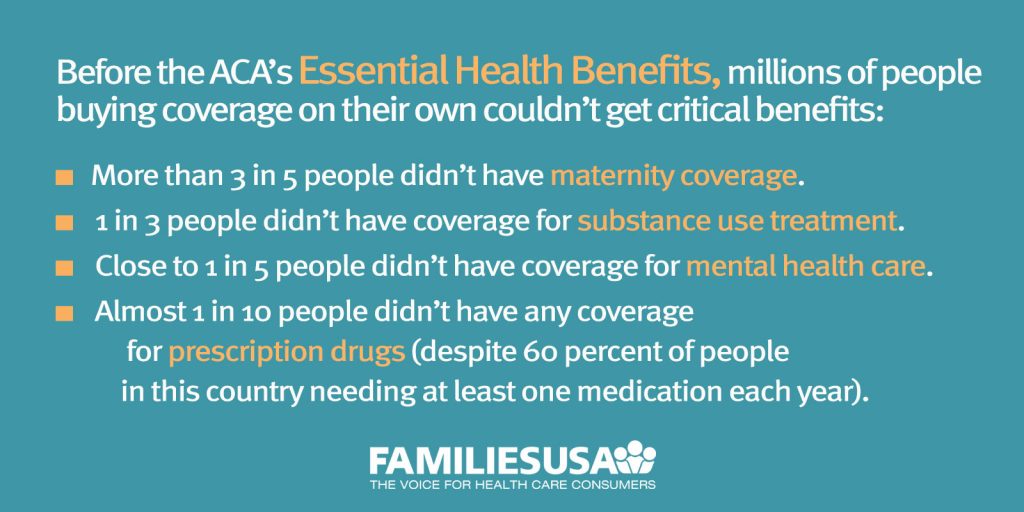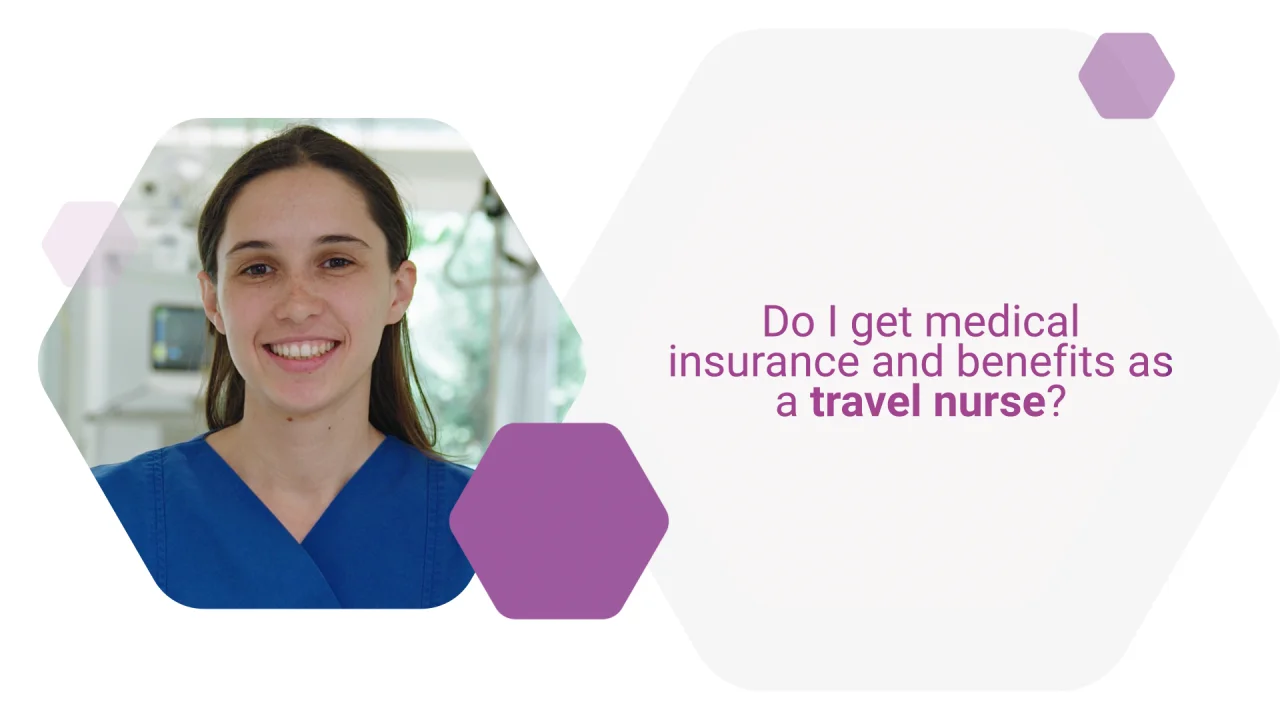Not known Factual Statements About Medicare Advantage Agent
Table of ContentsThe Of Medicare Advantage AgentThe smart Trick of Medicare Advantage Agent That Nobody is Talking AboutEverything about Medicare Advantage Agent

follows from adheres to the puzzling young reasonably profile of account uninsured with the better health, wellness average, of younger personsMore youthful For those without access to office wellness insurance policy, poor health and wellness is a possible obstacle to acquiring nongroup insurance coverage because such insurance coverage might be extremely priced, leave out preexisting conditions, or be just unavailable. Unless or else noted, nationwide price quotes of people without wellness insurance coverage and percentages of the population with different kinds of insurance coverage are based on the CPS, the most extensively used resource of estimates of insurance policy protection and uninsurance prices.

Medicare Advantage Agent Things To Know Before You Buy
The connection between wellness insurance policy and accessibility to care is well established, as recorded later on in this chapter. The connection in between health insurance and wellness end results is neither straight nor simple, an extensive medical and health services research literature web links health insurance policy coverage
to improved enhanced to care, better qualityTop quality and improved enhanced individual population populace health and wellnessStanding The second report, on personal health and wellness results for uninsured adults, is stood for by the inner circle of the figure, while the third record, on family well-being, includes the subjects of the second record yet stresses a various system of evaluation, particularly, the family.
Furthermore, it focuses specifically on those with no health and wellness insurance coverage for any length of time. The troubles faced by the underinsured are in some respects comparable to those dealt with by the without insurance, although they are normally much less severe. Uninsurance and underinsurance, nevertheless, involve distinctly different policy concerns, and the approaches for addressing them may vary. Throughout this research study and the five reports to follow, the major focus is on persons with no medical insurance and hence no aid in paying for health and wellness treatment beyond what is readily available through charity and safeguard establishments. Health and wellness insurance is an effective aspect influencing invoice of care because both patients and medical professionals reply to the out-of-pocket cost of services. Wellness insurance coverage, however, is neither necessary nor sufficient to access to clinical solutions. Nevertheless, the independent and straight effect of health and wellness
insurance policy protection on access to health and wellness services is well developed. Others will certainly obtain the healthcare they need also without health and wellness insurance, by paying for it expense or seeking it from these details carriers who use care totally free or at very subsidized prices. For still others, medical insurance alone does not make certain invoice of treatment since of various other nonfinancial barriers, such as an absence of health and wellness treatment providers in their area, minimal accessibility to transport, illiteracy, or etymological and social distinctions. Official research about uninsured populaces in the United States dates to the late 1920s and very early 1930s when the Committee on the Expense of Treatment produced a collection of records you could try here concerning funding physician office sees and hospitalizations. This concern became significant as the varieties of medically indigent climbed up during the Great Anxiety. Empirical studies consistently support the web link in between access to care and improved wellness end results(Bindman et al., 1995; Starfield, 1995 ). Having a routine source of care can be considered a forecaster of access, instead of a straight measure of it, when health and wellness end results are themselves made use of as accessibility signs. This extension of the idea of gain access to dimension was made by the IOM Board on Keeping Track Of Gain Access To to Personal Healthcare Solutions(Millman, 1993, p. Whether parents are insured appears to influence whether their children get care along with just how much careeven if the youngsters themselves have insurance coverage(Hanson, 1998). The health of parents can affect their ability to care for their children and the level of family members stress and anxiety. Stressing over their youngsters's access to care is itself a source of stress and anxiety for parents. 3 phases comply with in this record. Chapter 2 gives a summary of how employment-based medical insurance, public programs and individual insurance plan operate and interact to offer extensive yet incomplete coverage of the united state population. This includes a testimonial of historical trends and public plans influencing both public and private insurance, a conversation of the interactions amongst the various types of insurance coverage, and an examination of why individuals move from one program to one more or finish up
